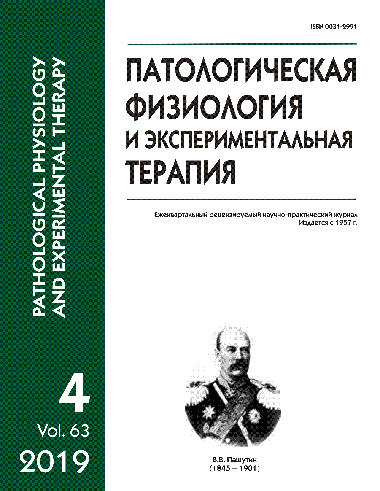Mitogen-activated protein kinases as a target for regulating of the connective tissue growth
Abstract
The review presents modern ideas about the function of the main groups of mitogen-activated protein kinases (MAPK) (ERK, JNK, p38). The authors consider influence on these signaling cascades as a promising direction for activation of connective tissue growth. The main focus as the most promising in terms of regulating the growth of connective tissue is given to the p38 MAPK family. The authors represent their own experience in this area. In particular, the article shows that p38 MAP-kinase stimulation while JNK inactivation causes accelerated formation of connective tissue in the area of postoperative surgical scar. The authors proved the possibility of controlling the growth of connective tissue when exposed to MAP kinase cascades - prolonged p38 MAPK blockade reduces the width of the skin scar and the density of collagen fibers in the zone of postoperative scar formation, reduces the involvement of progenitor fibroblastic cells in the zone of post-operative scar formation, increases fibroclastic activity. The use of the original anti-adhesive agent reduces the intensity of adhesions in the abdominal cavity with peritoneal injury, enhances apoptosis of peritoneal fibroblasts. Thus, given the important role of MAPK cascades, a proven ability to influence the formation of connective tissue, the use of stimulants and MAPK inhibitors is promising as a new direction in the treatment of many diseases whose pathogenesis is associated with impaired cell differentiation and proliferation.






